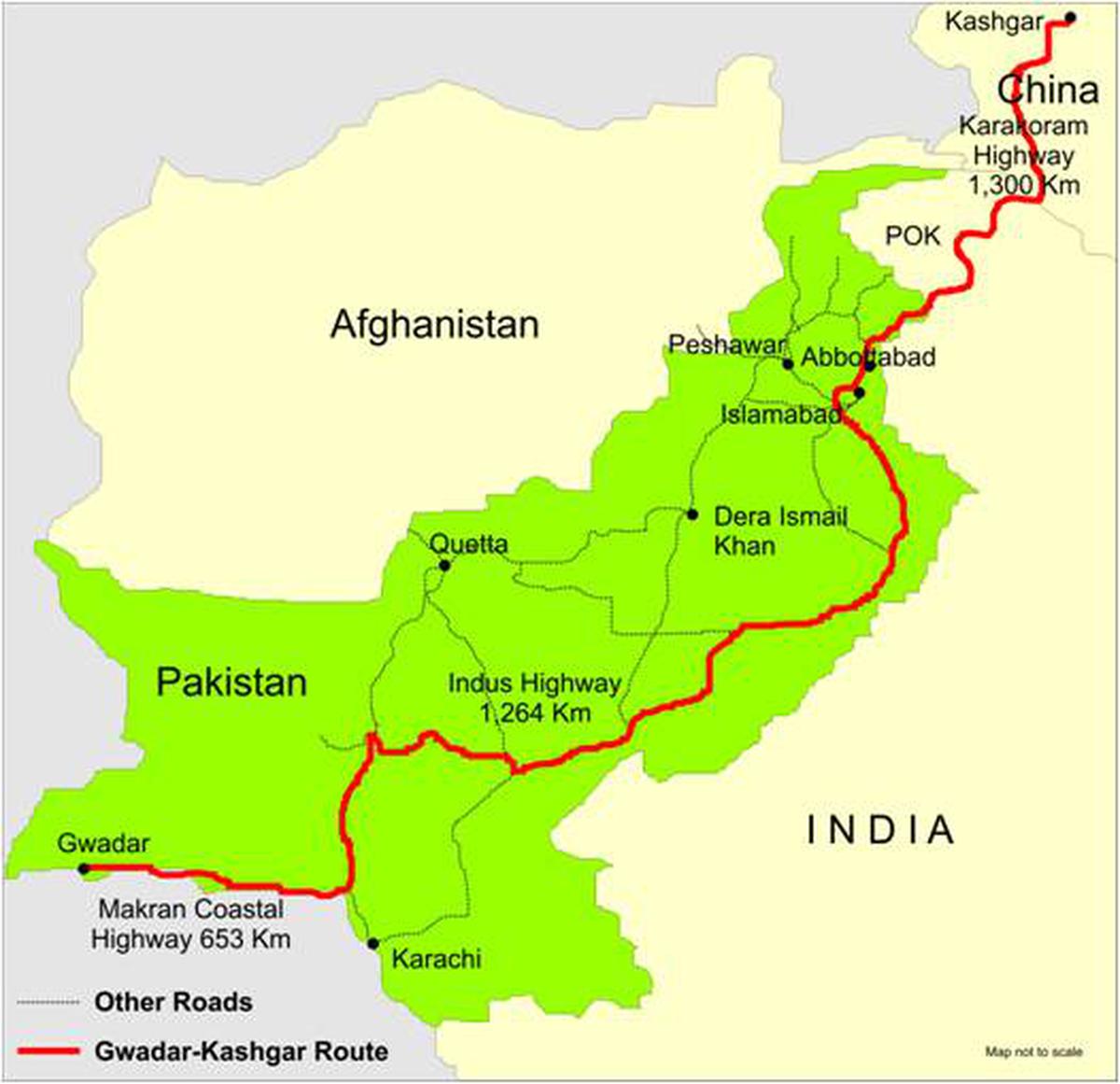
by Dr. Mathew Jones
The recent joint statement issued during Prime Minister Shehbaz Sharif’s visit to China marks a significant milestone in the evolution of the China-Pakistan Economic Corridor (CPEC). This new phase, often referred to as CPEC 2.0, aims to create an upgraded version of the economic corridor, incorporating innovative and sustainable elements that align with Pakistan’s 5Es Framework. This strategic initiative is poised to redefine the economic and socio-political landscape of Pakistan and strengthen the Pakistan-China partnership.
An Ambitious Vision for Growth
The upgraded CPEC is characterized by a broader and more ambitious vision that extends beyond traditional infrastructure projects. The focus on creating a growth corridor, a livelihood-enhancing corridor, an innovation corridor, a green corridor, and an open corridor reflects a holistic approach to development. This multifaceted strategy aims to foster economic growth, enhance social well-being, and promote environmental sustainability. The alignment with Pakistan’s 5Es Framework—Exports, E-Pakistan, Environment, Energy, and Equity & Empowerment—is a strategic move to ensure that the benefits of CPEC are maximized. By integrating these five key elements, the initiative seeks to create a more resilient and diversified economy that can withstand global economic fluctuations and internal challenges.
Pioneering Innovation and Technological Advancement
One of the most notable aspects of the upgraded CPEC is the emphasis on innovation. The establishment of an innovation corridor is designed to promote technological advancement and facilitate knowledge exchange. This initiative will likely involve collaborations between Pakistani and Chinese research institutions, fostering a culture of innovation and entrepreneurship. The focus on technological advancement is crucial for Pakistan’s economic transformation. By investing in research and development and promoting innovation, Pakistan can enhance its industrial capabilities, improve productivity, and create high-value jobs. This, in turn, will contribute to sustainable economic growth and development.
Sustainable Development and Environmental Stewardship
The green corridor initiative reflects a strong commitment to environmental sustainability. This focus on green development is essential for addressing the environmental challenges facing Pakistan, including climate change, pollution, and resource depletion. By promoting renewable energy projects and sustainable practices, the upgraded CPEC aims to reduce the environmental footprint of economic activities and promote a more sustainable development model. Sustainable development is not just an environmental imperative but also a socio-economic one. By integrating sustainability into the economic framework, Pakistan can ensure that economic growth is inclusive and benefits all segments of society. This approach aligns with the broader goals of the United Nations Sustainable Development Goals (SDGs) and positions Pakistan as a leader in sustainable development in the region.
Enhancing Social Well-Being and Equity
The livelihood-enhancing corridor is a testament to the commitment to improving the quality of life for the people of Pakistan. This initiative focuses on creating jobs, improving healthcare and education, and enhancing social infrastructure. By addressing these fundamental aspects of social well-being, the upgraded CPEC aims to create a more inclusive and equitable society. The emphasis on equity and empowerment is particularly significant in the context of Pakistan’s socio-economic challenges. By prioritizing initiatives that promote social justice and economic inclusion, the upgraded CPEC can help bridge the gap between different segments of society. This focus on inclusive development is essential for fostering social cohesion and stability.
Strategic Infrastructure Development
Infrastructure development continues to be a cornerstone of CPEC. Key projects such as the upgradation of the Karakoram Highway, the development of Gwadar Port, and the construction of the New Gwadar International Airport are critical for enhancing regional connectivity and trade. These infrastructure projects are not only vital for Pakistan’s economic development but also for regional integration and connectivity. The strategic significance of these infrastructure projects cannot be overstated. They facilitate smoother trade flows, enhance Pakistan’s role as a key transit hub in the region, and promote economic integration. By improving transportation and logistics networks, CPEC will contribute to the economic prosperity of Pakistan and the broader region.
Ensuring Security and Stability
Security remains a critical concern for the success of CPEC. The recent terrorist attack on the Chinese convoy of the Dasu Hydropower Project underscores the persistent security challenges. Both nations have reiterated their commitment to combating terrorism and ensuring the safety of Chinese personnel and projects in Pakistan. This steadfast commitment to security is essential for maintaining investor confidence and ensuring the uninterrupted progress of CPEC projects.
Conclusion: A New Chapter in Pakistan-China Relations
The upgraded version of CPEC represents a new chapter in the strategic partnership between Pakistan and China. By focusing on high-quality development, innovation, sustainability, and social well-being, this initiative aims to create a robust and inclusive economic environment. The alignment with Pakistan’s 5Es Framework further underscores the strategic importance of this collaboration. As Pakistan and China continue to deepen their strategic partnership, the success of this upgraded CPEC will depend on effective implementation and sustained commitment from both sides. By working together to overcome challenges and leverage opportunities, Pakistan and China can build a prosperous future that benefits not only their peoples but also the broader region. This transformative vision for CPEC 2.0 holds the promise of a brighter and more prosperous future for both nations.
